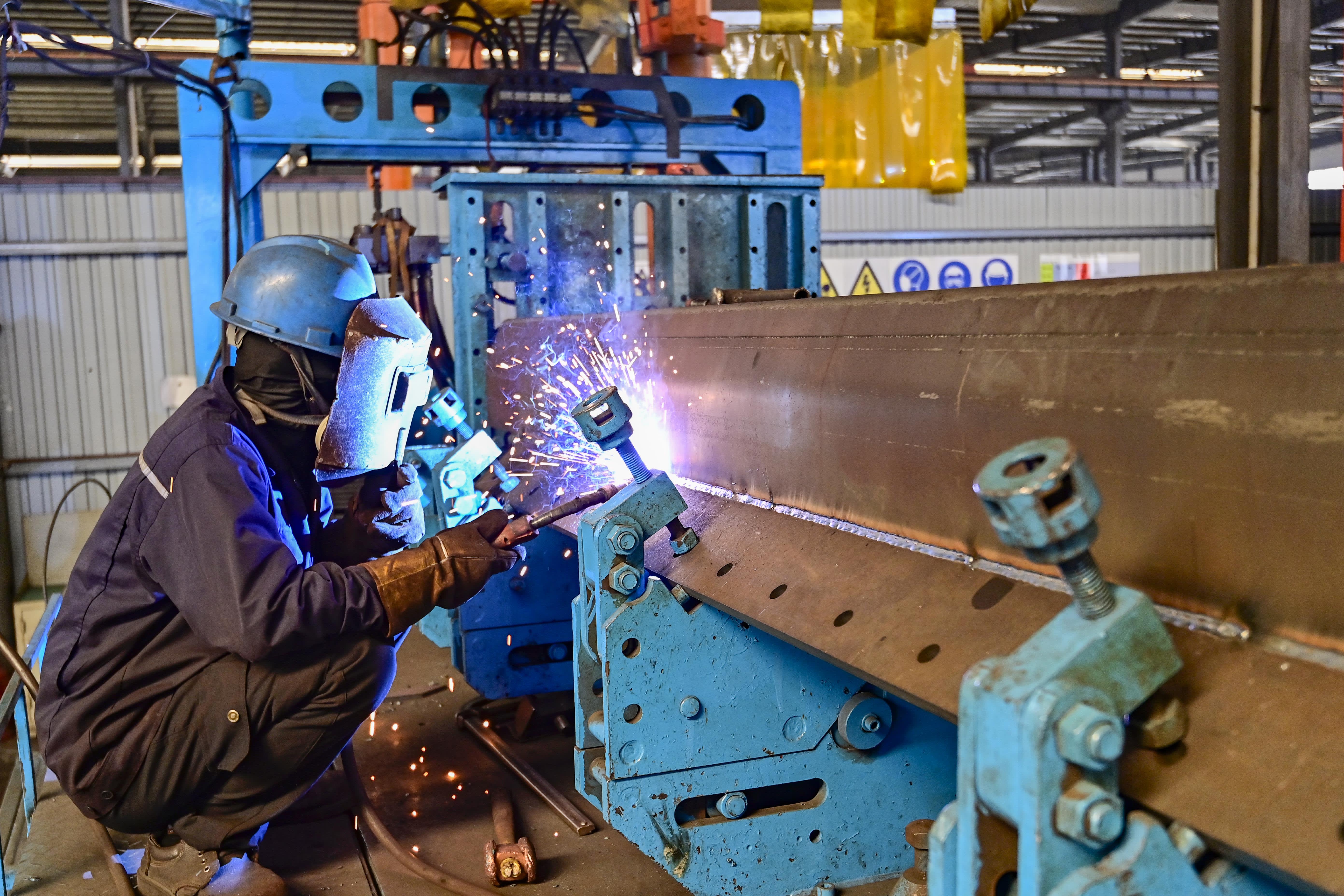Although the pace of growth was modest, it was also the highest PMI reading since March last year, when momentum from the lifting of strict Covid-19 restrictions began to stall.
“From the indicators, domestic supply and demand have improved, while homeowner and business confidence is recovering, while the appetite for consumption and investment is increasing,” said Zhou Maohua, an analyst at China Everbright Bank.
Purchasing Managers' Index data showed that new export orders rose into positive territory, ending an 11-month decline, but employment continued to contract, albeit at a slower rate.
Recent optimistic indicators suggest that the world's second-largest economy is slowly returning to better shape, prompting analysts to start raising their growth forecasts for this year.
Policymakers have been grappling with an ongoing economic slowdown since coronavirus restrictions were abandoned in late 2022, amid a deepening housing crisis, mounting local government debt and weak global demand.
“March data show the economy is poised for a strong end to the first quarter,” consultancy China Big Book said in a note last week. “Employment posted the longest period of improvement since late 2020. Manufacturing rebounded, as did retail.”
However, a deep recession in the Asian giant's real estate sector remains a major drag on growth, testing the health of debt-laden local governments and the balance sheets of state-owned banks.
The official non-manufacturing PMI, which includes services and construction, rose to 53 from 51.4 in February, marking the highest reading since September.
Premier Li Qiang announced an ambitious 2024 economic growth target of about 5% earlier this month at the annual meeting of the National People's Congress, China's parliament.
But analysts say policymakers will need to roll out more stimulus to achieve that goal because they won't be able to rely on the lower statistical base for 2022 that weakened 2023 growth data.
Citigroup on Thursday raised its forecast for China's economic growth for this year to 5.0% from 4.6%, citing “recent positive data and policy implementation.”
The Chinese Cabinet on March 1 approved a plan aimed at promoting large-scale equipment modernization and sales of consumer goods. The head of the country's government planning agency said at a news conference earlier this month that the plan could generate market demand of more than 5 trillion yuan ($691.63 billion) annually.
Many analysts worry that China may begin to flirt with a Japan-style recession later this decade unless policymakers take steps to reorient the economy toward household consumption and market allocation, and away from the heavy reliance on infrastructure investments seen in the past. .

“Typical beer advocate. Future teen idol. Unapologetic tv practitioner. Music trailblazer.”






More Stories
Cryptocurrency firm Ledger raises price of Stax crypto wallet, launches Flex
Tesla shares fell 7% in premarket trading after failing to report earnings.
Elon Musk: Trump Presidency Could Hurt Tesla’s Competitors